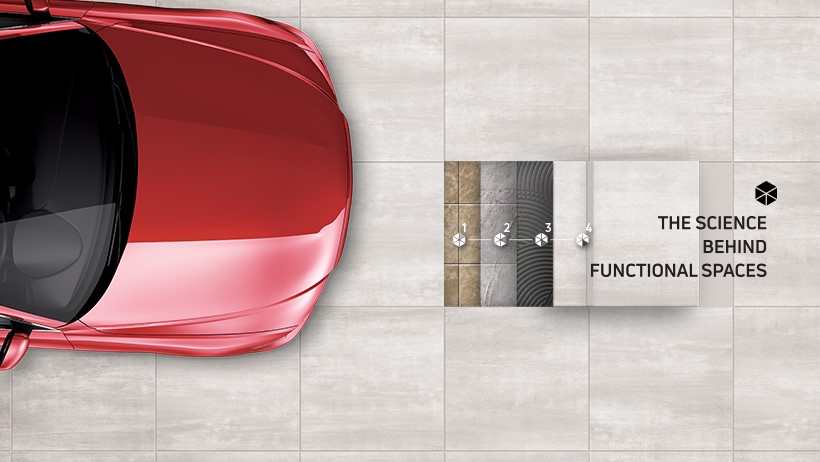4 Key considerations when specifying for a tile over tile installation
Keeping the doors open during renovations is key for any business, especially for retail and commercial spaces that don’t have an annual shutdown during which to affect the change. That’s why tiling over existing tiles makes good financial sense, as trading can continue during the project. The main benefits include less mess and noise from chipping up the old tiles, reduced costs associated with removal of the existing flooring, and the project is faster overall. However, when specifying for a tile over tile installation, there are some key considerations to ensure a successful project.

Evaluation of the existing floor
The biggest factor when specifying a tile over tile project is to evaluate the existing floor. Any cracked, broken and hollow sounding tiles need to be removed as these faults will show up (be mirrored) in the new tiles if not attended to. In areas where a large percentage of the existing floor needs to be removed, the benefits of a tile over tile renovation may be negated.
It is important to note that natural stone tiles such as sandstone, slate etc is not suitable for a tile over tile project as these natural products tend to delaminate within themselves and are therefore not considered a stable or suitable background for tiling.
Rising floor levels
Floor levels will rise with the additional layer of both tile and tile adhesive. It may therefore be necessary to trim and/or alter doors or to remove certain sections of the existing flooring to ensure a smooth transition between the new tiles and areas that are not being renovated.
Multi-level installation system
To ensure a durable end result, consideration must be given to the products used in a tile over tile project. A typical multi-level system for this type of project would include the following:
- A suitable repair compound for filling in the voids left by removing damaged tiles such as TAL Rapidfix
- Tiles present a dense, impervious surface therefore a suitable priming system is required such as a TAL Keycoat and TAL Keymix primer slurry
- A quick- or rapid-setting tile adhesive such as the TAL Goldstar range of adhesives modified with an additive such as TAL Bond for increased bond strength, flexibility and water resistance
- Depending on the application, i.e. wet areas or on suspended slabs, a specialised or modified grout may be required i.e. TAL High Traffic Grout or TAL Wall & Floor Grout with/ without TAL Bond
To ensure the integrity of the multi-level system, the products used need to be compatible and loyal to one another, ideally from a single supplier.
Movement joints
The lack of movement joints in any tile installation is a major cause of tile failure. When tiling over existing tiles, the existing structural and movement joints must be maintained in the new tile installation, extending through the adhesive and both tile layers. If the new tile layout doesn’t allow for this, new movement joint must be established, cutting through both tile layers to the original substrate.
[Back]
blog comments powered by Disqus

